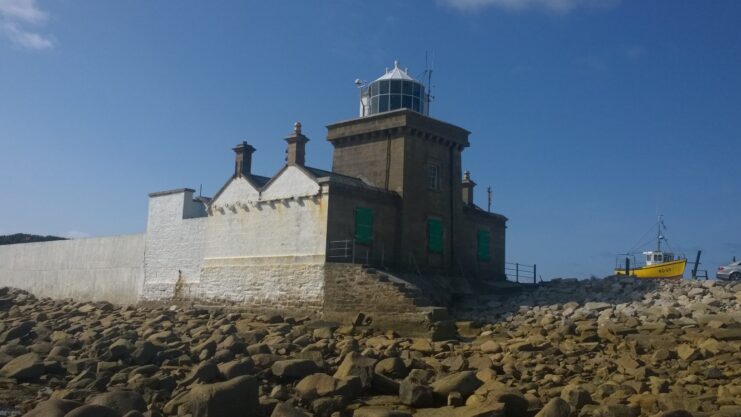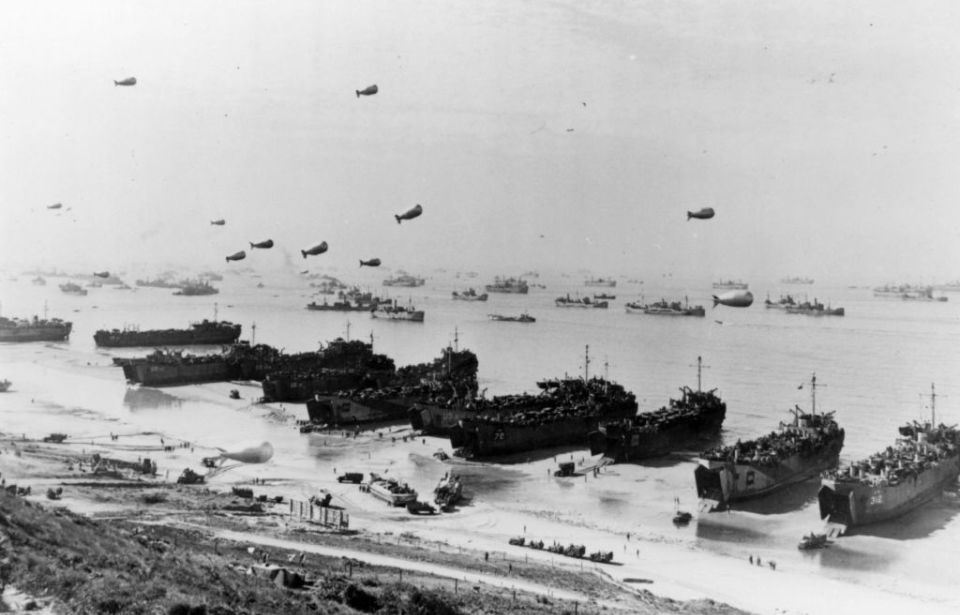Throughout World War II, many individuals went about their everyday lives, unaware of the repercussions of their actions. One of them was Maureen Flavin Sweeney, who was working at a joint post office-weather station in western Ireland. Her reports on the morning of June 3, 1944, unbeknownst to her, forever changed the trajectory of the conflict, as they prompted the Allies to change the timing for D-Day.
Maureen Flavin Sweeney becomes a postmistress

Maureen Flavin Sweeney was born on June 3, 1923, in Knockanure, County Kerry, Ireland. Following secondary school, she got a job as a clerk at a small post office in Blacksod, County Mayo, where her uncle ran a pub.
At the time, WWII had been raging in Europe since 1939, with Ireland remaining neutral throughout the conflict. Little did the 18-year-old know when she took the position that it would not only change her life, but the direction of the war.
Changing the course of D-Day with a weather forecast

Upon arriving at the post office, Mauree Flaven Sweeney discovered the site also housed a weather station. Under an agreement, this particular station was to provide daily readings taken from instruments at a nearby lighthouse to the British Meteorological Office. As the Second World War intensified, these daily reports were increased to hourly telegraphs.
By 1944, the Allies had a plan to invade Normandy, after which they’d move into German-occupied Europe and retake it from the enemy. Known as “D-Day,” the invasion required perfect weather conditions, meaning the station at Blacksod needed to provide more detailed reports.
On her 23rd birthday, June 3, 1944, Sweeney did as she normally would and got up at 1:00 AM to record her hourly reading. She noticed the measurements – a drop in air pressure, drizzle, 7 MPH winds – were indicative of an incoming storm over the Atlantic that could impact travel across the English Channel.
The reading was sent to Britain, with subsequent reports from both Blacksod and other weather stations showing conditions were worsening. As Flavin Sweeney later recalled, the station kept getting messages asking them to “please check … please repeat.”
After confirming the readings, Royal Air Force (RAF) captain and Chief Meteorological Officer, Supreme Allied Headquarters Expeditionary Force (SHAEF) James Stagg contacted Supreme Allied Commander Gen. Dwight D. Eisenhower, who made the decision to postpone the Normandy invasion by 24 hours, from June 5 to the following day, when the storm had passed.
This decision potentially saved the lives of innumerable Allied soldiers and aided in D-Day’s success.
Maureen Flavin Sweeney’s post-war career

Maureen Flavin Sweeney and her husband, Ted Sweeney, continued to operate the weather station at Blacksod until the operation became automated in 1956. It was only then that she learned of her impact on D-Day. Once this job was off her back, she went on to replace her mother-in-law as the town’s postmistress, all while juggling the responsibilities of being a new mother. She retired in the early 2000s.
In June 2021, Flavin Sweeney was presented with a medal from the US House of Representatives. Her name was also added to the Congressional Record. At the ceremony, retired US Marine lieutenant general and Rep. Jack Bergman (R-MI) said, “Her skill and professionalism were crucial in ensuring Allied victory, and her legacy will live on for generations to come.”
More from us: ‘Saving Private Ryan’ Movie Details History Fans Will Appreciate
On December 17, 2023, Maureen Flavin Sweeney passed away at Ti Aire nursing home in Ireland. She was 100 years old.
